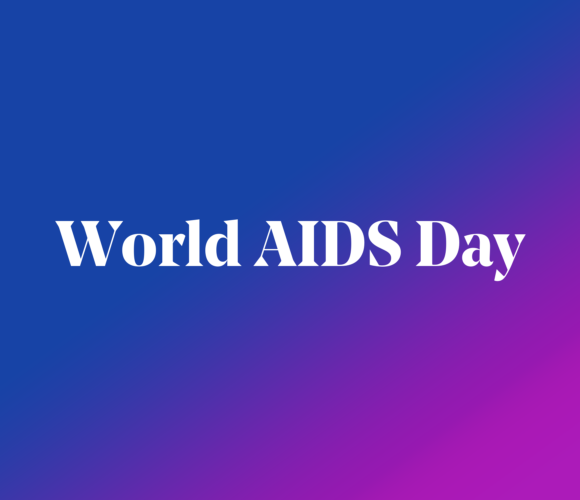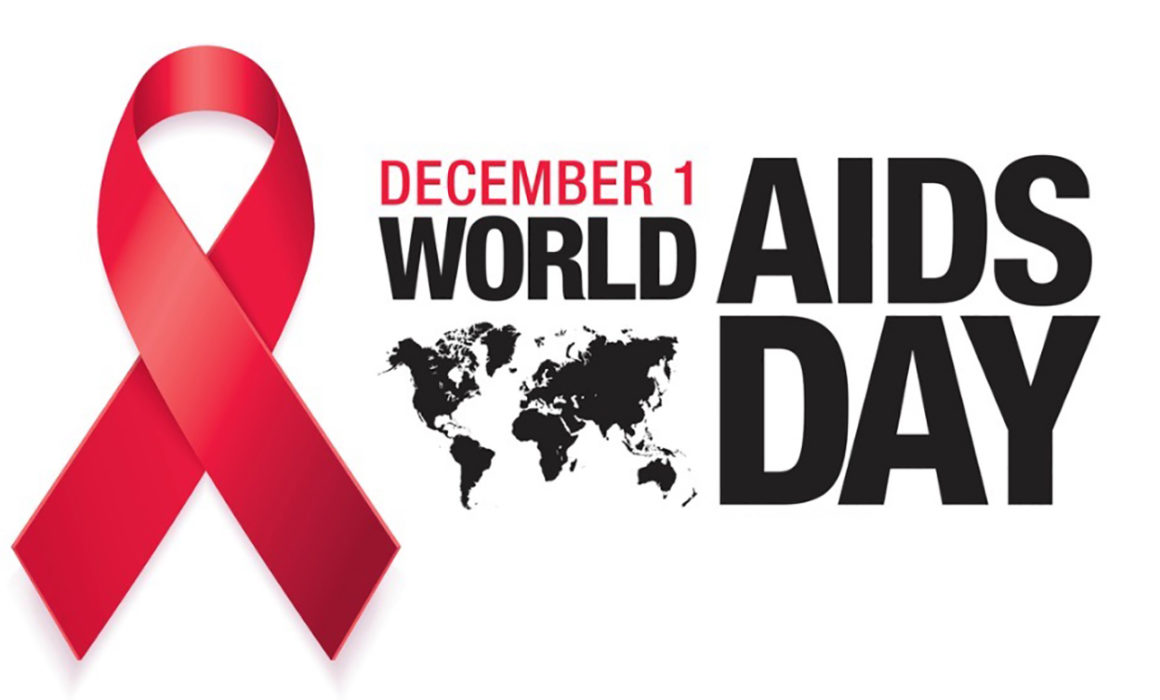
What is World AIDS Day?
Each year, on 1 December, the world commemorates World AIDS Day. People around the world unite to show support for people living with HIV and to remember those who have died from AIDS-related illnesses.
Founded in 1988, World AIDS Day was the first-ever international day for global health. Every year, United Nations agencies, governments and civil society join together to campaign around specific themes related to HIV.
- Awareness-raising activities take place around the globe.
- Many people wear a red ribbon, the universal symbol of awareness of, support for and solidarity with people living with HIV.
- People living with HIV make their voice heard on issues important in their lives.
- Groups of people living with HIV and other civil society organizations involved in the AIDS response mobilize in support of the communities they serve and to raise funds.
- Events highlight the current state of the epidemic.
World AIDS Day remains as relevant today as it’s always been, reminding people and governments that HIV has not gone away. There is still a critical need for increased funding for the AIDS response, to increase awareness of the impact of HIV on people’s lives, to end stigma and discrimination and to improve the quality of life of people living with HIV.

